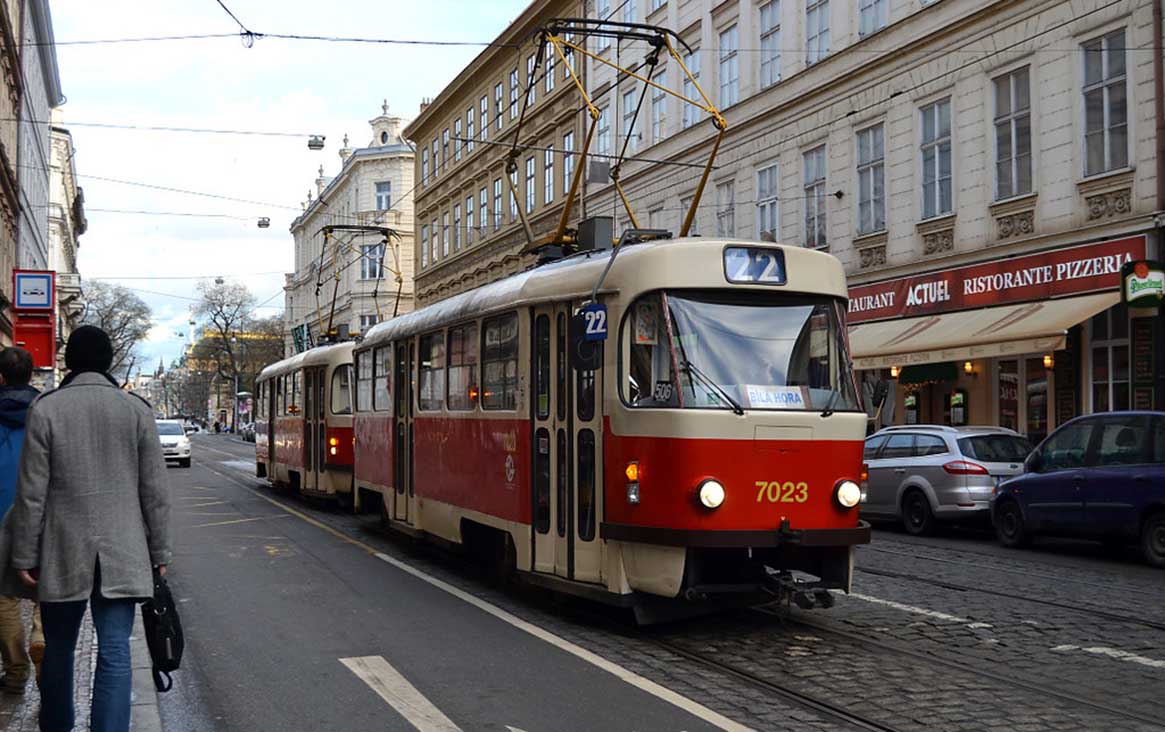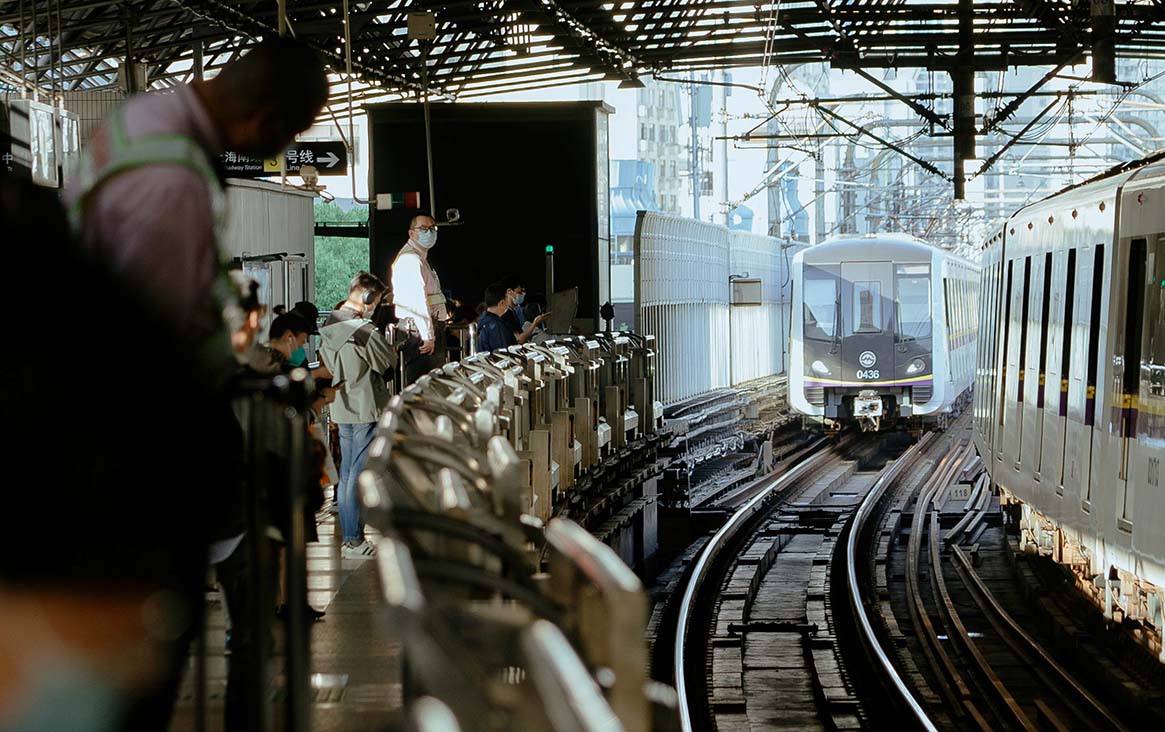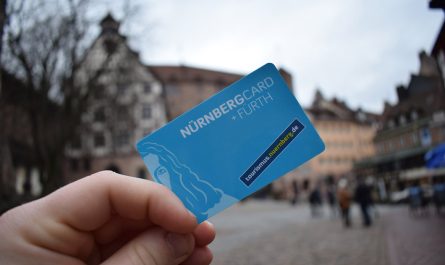The first time I arrived in Prague, I was instantly captivated by its fairytale-like architecture and the poetic scenery along the Vltava River. But as I delved deeper into the soul of the city, I gradually realized that it was Prague’s efficient and user-friendly transportation system that truly laid the foundation for a smooth and enjoyable journey.
That morning, I stepped out of Prague’s main train station with my suitcase, greeted by swirling morning mist and quiet streets. I stood at the metro entrance, took a deep breath of the crisp air—and thus began my exploration of the city.
1. Overview of Prague’s Public Transportation: The Dual Backbone of the Rail System
Prague’s public transportation network, managed by DPP (Dopravní podnik hlavního města Prahy), is widely recognized as one of the most efficient and user-friendly systems in Europe. It seamlessly integrates metros, trams, buses, and even funicular railways into a unified structure. This interconnectivity makes it easy for both locals and visitors to navigate the city with minimal hassle. Whether you’re heading to a tourist attraction, a quiet neighborhood, or a local market, public transport is often the fastest and most economical option. The combined use of metro and tram services forms the dual spine of the city’s transport grid, making exploration smooth and stress-free.
Metro System: Three Main Lines Connecting the City’s Backbone
The Prague Metro consists of three lines—A (green), B (yellow), and C (red)—spanning east-west and north-south in a “Y”-shaped configuration:
- Line A: Connects the city center with the northwest, passing through the Old Town, Wenceslas Square, and Charles Square. It’s the most frequently used line by tourists.
- Line B: Runs along the east-west axis of the city, stretching from the western Old Town to the business districts.
- Line C: Primarily serves the north and south ends of the city and connects directly to the main train station, making it key for access to residential and elevated areas.
The metro operates daily from 5:00 AM to midnight, with trains arriving every 5–10 minutes. The trains are clean and spacious, and station signage is clear. Even without understanding Czech, one can easily navigate by remembering colors and station names.
Tram System: A Detailed Portrait of the Urban Texture
Prague’s trams offer more than just transportation—they provide a window into the soul of the city. Operating since the late 19th century, the tram network has evolved into an extensive system that not only serves daily commuters but also offers scenic routes ideal for sightseeing. Riding a tram is a cultural experience in itself, especially when boarding one of the older models with creaky wooden benches and brass fixtures. The trams crisscross through charming neighborhoods, over the Vltava River, and along tree-lined avenues, allowing passengers to soak in Prague’s architectural beauty at a leisurely pace. With stops conveniently located near popular attractions, trams are perfect for a slow, immersive exploration of the city.
2. Ticketing System Explained: One Ticket, Multiple Transfers with Ease
In Prague, the same ticket is valid for metro, tram, and bus rides. The system charges based on duration rather than the number of rides—ideal for travelers making frequent transfers.
Common Ticket Types
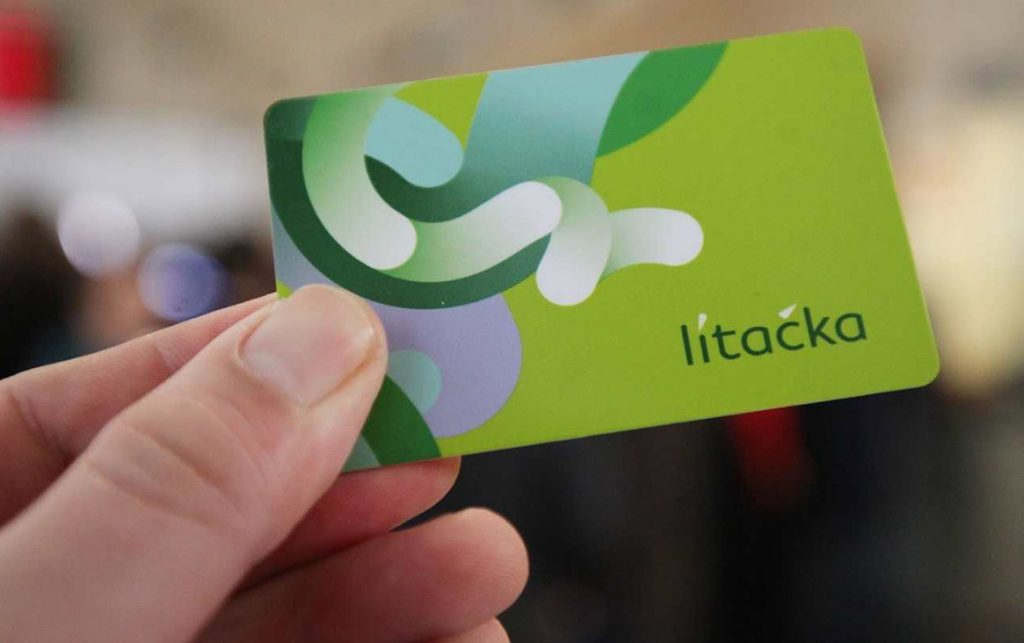
- 30-minute ticket (30 CZK): Suitable for short single trips.
- 90-minute ticket (40 CZK): Covers cross-district travel with multiple transfers.
- 24-hour ticket (120 CZK): Unlimited rides for a full day—great for in-depth exploration.
- 72-hour ticket (330 CZK): High-value option for weekend or short stays.
Tickets can be purchased from vending machines in metro stations (with English interface), convenience stores, or through mobile apps like PID Lítačka. Some stations also accept contactless card payments.
Validation System
Prague’s transit system has no turnstiles. It relies on a self-validation system: physical tickets must be stamped in the yellow machines before boarding. Mobile app tickets must be activated before use. Fare inspectors conduct random checks, and the fine for non-compliance is up to 1000 CZK—so be sure to validate.
3. Riding the Metro: Efficient Connections Along the Main Axis
Although Prague’s metro network isn’t large, it effectively covers the entire city thanks to its compact scale. I especially appreciate how it strikes a balance between rhythm and efficiency—it’s neither rushed nor chaotic.
I remember taking Line A from the city center to Prague Castle. I boarded at Můstek, passed through Malostranská, and then walked through scenic uphill alleys to the castle. The entire journey was seamless. The metro cars were clean and comfortable. Stations, though not overly ornate, conveyed a distinct Eastern European charm in their details.
Transfer stations like Muzeum, Florenc, and Můstek are particularly well-designed, with bright corridors and clear signage. Even with a large backpack, I never felt lost.
4. Tram Routes Worth Experiencing: The City’s Travel Philosophy at a Slower Pace
Compared to the metro, I much preferred the experience trams offered. Each evening, I would watch the orange trams glide under Charles Bridge or through the narrow cobbled streets of Lesser Town, feeling like I was part of the city’s daily rhythm.
Recommended Sightseeing Tram Routes
- Line 22: Known as the “sightseeing line,” it travels from Nádraží Hostivař past the National Theatre, Prague Castle, and monasteries—an essential route for tourists.
- Line 9: Links business districts with the Old Town and is widely used by locals. It offers a more grounded view of the city.
- Line 17: Runs along the Vltava River—perfect for capturing riverside views and golden-hour lighting.
My favorite was Line 22. Often, when departing from Prague Castle, I’d find myself sharing the car with formally dressed symphony musicians. It was as if time slowed down around them.
5. Night Transport and Safety Tips: A Peaceful Journey Home
Prague’s night transport is impressively comprehensive. Trams and night buses run from midnight to 5:00 AM at 20–30-minute intervals. Night tram lines start with “9X” (like 91, 92, etc.).
After a late-night concert near the Municipal House, I once took a night tram back to my hotel. The tram was softly lit, the passengers calm and orderly, and the glowing cityscape outside added a touch of mystery. I felt completely safe—nighttime travel in Prague can feel romantic rather than risky.
Safety Tips
- The metro does not operate at night—only trams and night buses are available.
- In quiet areas, it’s best to travel with company.
- Use the PID Lítačka App to check real-time schedules and routes.
6. Metro-Tram Combo Itineraries: Tried-and-True Routes for Travelers
To make the most of Prague’s transportation, I’ve compiled a few itineraries based on my own experiences—perfect for first-time visitors:
Route 1: Old Town → Prague Castle → Malá Strana Square
- Take Metro Line A from Můstek to Malostranská
- Transfer to Tram 22 and alight at Pražský hrad
Route 2: New Town Square → Dancing House → Vltava River Walk
- Take Metro Line B from Národní třída to Karlovo náměstí
- Walk to the tram stop and take Tram 17 for a scenic riverside ride
Route 3: Main Train Station → Wenceslas Square → National Museum
- Take Metro Line C from Hlavní nádraží to Muzeum
- Explore on foot or transfer to Line B for access to other areas
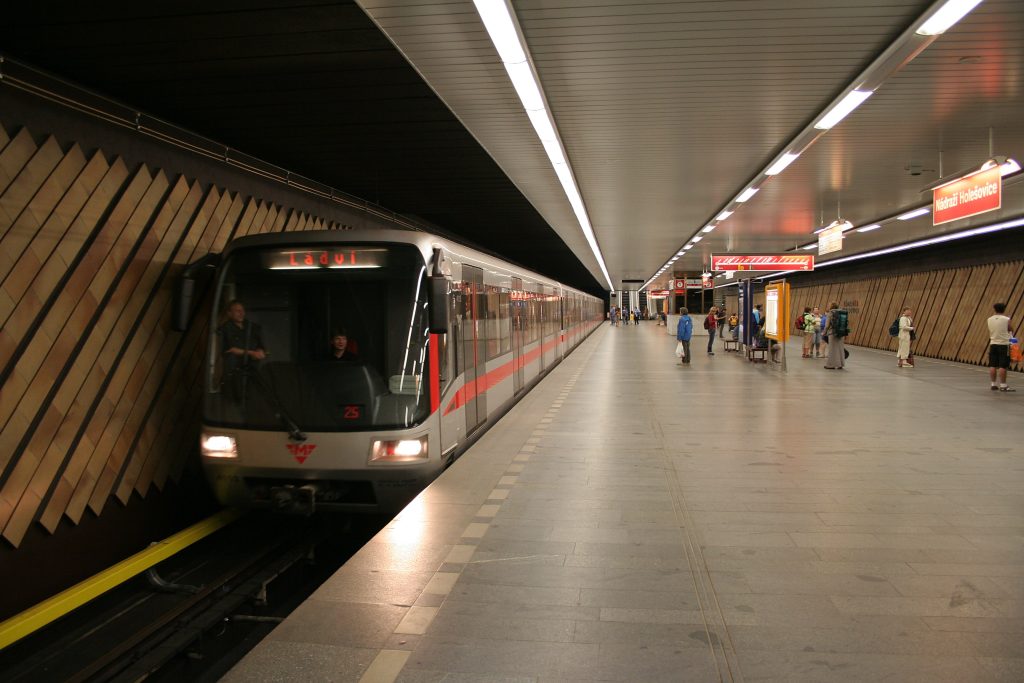
7. Unique Stations to Explore: Surprises Beneath the City
Some metro stations are worth visiting for their design and cultural significance:
- Muzeum: With arched architecture and elegant color schemes, it’s a key interchange between Lines A and C.
- Náměstí Míru: The deepest station in Prague, with the longest escalator tunnel.
- Anděl: A bustling hub for shopping, dining, and transit—modern and vibrant.
Walking through these stations, I often felt like I was traversing both space and time.
8. My Reflections and Travel Insights
After spending several days immersed in Prague’s transport system and city streets, I gained a deeper appreciation for the quiet brilliance of its design. The system doesn’t rely on flashiness or high-tech gimmicks; instead, it emphasizes clarity, accessibility, and seamless integration into daily life. Whether you’re a local heading to work or a visitor chasing the next castle view, the network supports you with graceful efficiency. One evening stands out vividly: riding Tram 17 as the last golden light spilled across the Vltava River, I sat behind an elderly couple gently chatting and smiling, their faces softly illuminated by the sunset. In that peaceful, shared moment, I realized that Prague’s charm isn’t just in its landmarks—it lives in its rhythms, its people, and the small, everyday scenes that unfold along the journey.
Let the Rails Carry Your Prague Dreams
Prague may not be a vast city, but it weaves a comforting and efficient transportation web. Whether you’re speeding through the metro or gently swaying along on a tram, every facet of the city gradually unfolds along the journey.
I believe the true essence of Prague isn’t just in its sights, but also in the calm of waiting on a metro platform, or in the delight of spotting a castle turret from a tram window. So next time you set foot in this enchanting city, begin with a metro-tram combination ride—and discover that quiet harmony between the traveler and the city.
